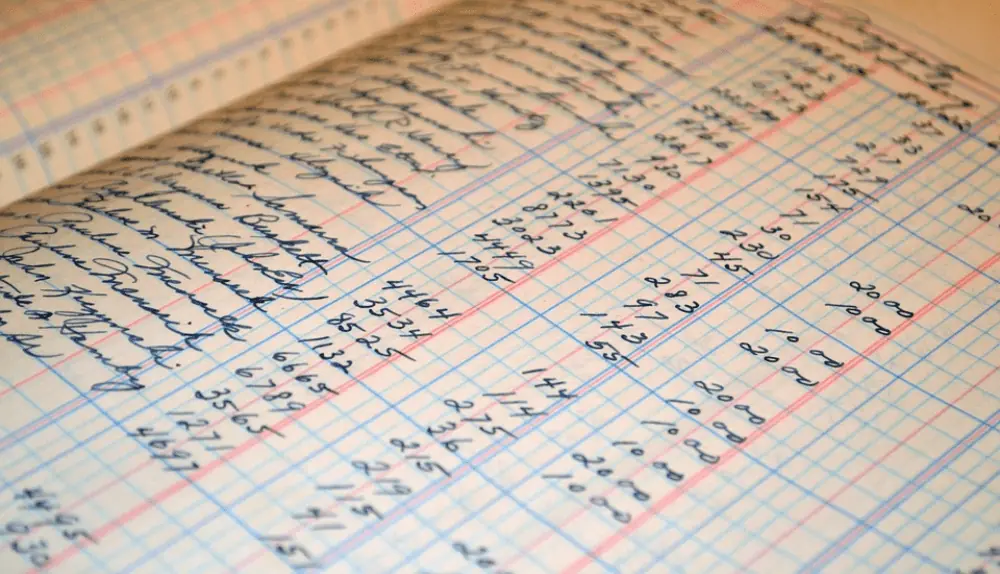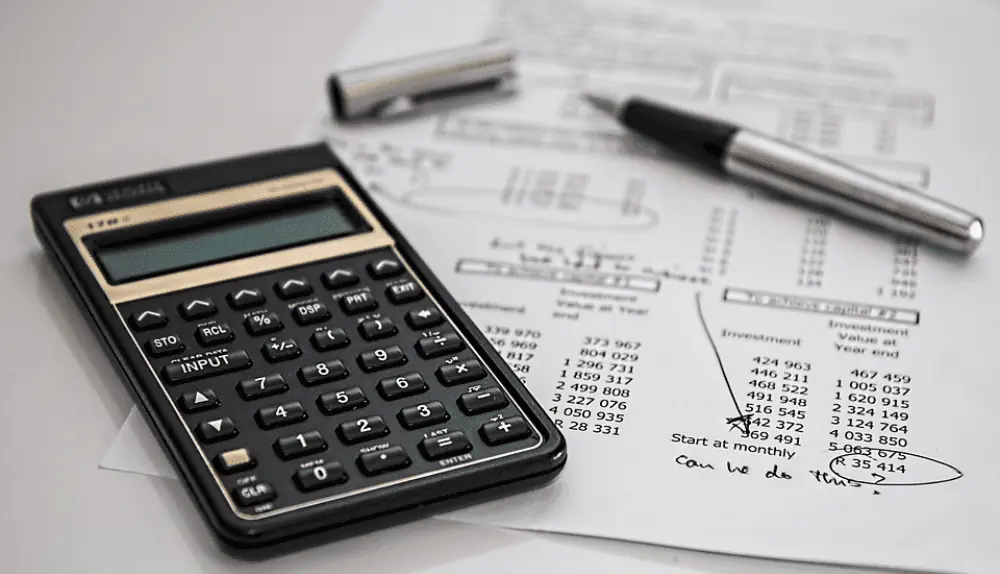As a business owner, you must understand what is Accounting Equation to propel your business forward. The Accounting Equation is a fundamental accounting concept that is the foundation of the double-entry accounting system. It is a tool that all companies must use to monitor their financial health. It is critical to understand the equation, whether you have an accountant or handle the numbers yourself.
The Accounting Equation is more than just numbers on a page; it is the key to creating financial statements and a tool to help your business grow. In this article, we will look at the Accounting Equation, why it exists, and how to use it in its basic and expanded forms.
What Is Accounting Equation?
The accounting equation is a basic accounting principle that provides a picture of a company’s financial situation. It is predicated on the principle that a company’s assets must equal its liabilities plus equity. The formula is as follows: Assets = Liabilities + Equity.
Small business owners can gain a clear snapshot of their financial situation and make informed business decisions by understanding this equation. The equation ensures that a company’s financial records are up-to-date and accurate and provides a simple and quick way to assess its financial health.
Main Components of the Accounting Equation
The accounting equation comprises three parts: assets, liabilities, and equity. These components represent various aspects of a company’s financial position, and each one must be understood.
Assets
A company’s assets are its cash, inventory, equipment, and real estate resources. These assets are expected to generate future financial advantages for the company, such as cash flow or property sales.
Liabilities
A company’s liabilities are its debts, such as loans, mortgages, accounts payable, and taxes owed. Liabilities represent the amount owed to others by a company and must be paid in the future.
Equity
The value owned by the company’s owners, also known as shareholders, is represented by equity. This can include the owners’ investments and profits and losses accumulated by the company over time. Equity is a measure of a company’s net worth and is an essential factor in determining a company’s financial health.

The Accounting Equation – How to Balance It?
A business’s assets have to be equal to all of its equity and liabilities for the accounting equation to remain balanced. This is known as balancing the accounting equation. Maintaining accurate financial records and being aware of a company’s financial situation requires balancing the equation. The accounting equation can be balanced as follows:
- List each asset, liability, and equity. Finding out what each element of the accounting equation does is the first step in balancing the equation. This includes all assets, such as money on hand, receivables from customers, inventory, and real estate, as well as all liabilities, such as taxes and debts owed on loans. All financial contributions to the business, such as the owner’s investment and retained earnings, are categorized as equity.
- Verify the balance. The equation must be balanced for the process to be complete, so the last step is to check its balance. The financial records may contain errors or inaccuracies that need to be fixed if the equation is out of balance.
- Correct the equation. All transactions must be recorded before the accounting equation can be updated to account for these changes. The total value of assets must match the full value of liabilities and equity in order for this to be true.
- Keep track of every transaction. The following action is to document all financial dealings in the company’s books, including sales, purchases, and payments. Since these transactions will affect the equation’s overall balance, they must be accurately recorded.
To guarantee that a company’s financial records are accurate and current, You must balance the accounting equation continuingly. Business owners can be sure they have a thorough understanding of their financial situation and can make wise business decisions by routinely monitoring the equation’s balance.
Basic Accounting Equation
The foundation of a company’s financial records is its basic accounting equation, which guarantees its accuracy. It is written as Assets = Liabilities + Equity and states that a company’s assets must equal its liabilities plus equity. This equation is a crucial tool for small business owners to comprehend their financial situation and make wise decisions.
How to calculate
The fundamental accounting equation is easy to calculate. To start, total up all of the company’s assets. It can include things like money, stock, machinery, and real estate. The liabilities should be added, including loans, mortgages, and accounts payable. To represent the company’s owners’ value, add up all of the equity.
Ensure the equation is balanced after you have the sum of each component. The equation is balanced, and the financial records are accurate if the total of the assets equals the total of the liabilities and equity.
Equation example
Let’s look at a straightforward example to show how the fundamental accounting equation functions. Consider a small company with $50,000 in liabilities, $50,000 in equity, and $100,000 in assets. The calculation would be as follows:
$100,000 = $50,000 + $50,000
As you can see, the equation is balanced, indicating that the financial records are accurate and that the company’s assets equal its liabilities plus equity.
Expanded Accounting Equation
Beyond just the balance of assets, liabilities, and equity, the expanded accounting equation provides a more thorough analysis of a company’s financial position. It considers how money enters and leaves the business, including revenues and expenses. Assets = Liabilities + Equity + Equity is the expanded accounting equation (revenues – expenses).
How to calculate
To calculate the expanded accounting equation, you must first establish the values for the three categories of assets, liabilities, and equity. Next, subtract the costs from the revenues (revenues – expenses) to determine the value. As a final step, total up all four elements to check if they balance. The financial records are accurate and current if the equation is balanced.
Equation example
Take a small company with $100,000 in assets, $50,000 in liabilities, $50,000 in equity, $75,000 in revenues, and $25,000 in expenses as an illustration. We can use the following formula to determine the expanded accounting equation:
$100,000 = $50,000 + $50,000 + ($75,000 – $25,000)
The equation is balanced, as you can see, proving that the company’s financial records are a true reflection of its financial health. Using the expanded accounting equation, you can better understand a company’s financial performance and make better business decisions.
Why Is the Accounting Formula Important?
The accounting equation is significant for many reasons. For starters, it ensures that a company’s financial records are accurate and up to date. By keeping the equation balanced, business owners can be confident that they understand their financial situation.
Second, double-entry accounting requires the accounting equation. Double-entry accounting is a method of recording financial transactions in two places in a company’s financial records. This ensures that all transactions are accurately recorded and reduces possible errors or mistakes.
Furthermore, The accounting equation is a quick and easy way to understand a company’s financial health. By examining the equation’s balance, business owners can quickly determine whether their company is in a healthy financial position or if any areas require improvement.
Double-Entry Accounting
The foundation of how businesses keep financial records is the double-entry accounting system. Every transaction must impact at least two accounts for it to function.
Simply put, each business transaction generates a debit and a credit that are recorded in separate accounts. In this system, financial statements are only considered balanced when the total amount of debits equals the total amount of credits.
Italian merchants invented the system in the fourteenth century, which has since spread worldwide to become the most popular bookkeeping system. Numerous benefits of the double-entry system include a transparent record of transactions, error prevention, and simple tracking of money movement.
The double-entry system has been automated with accounting software, producing the monthly trial balance that lists account names and balances. Before transactions can be posted to the general ledger, the trial balance report’s total debit and credit transactions must match at the bottom of the report.
The double-entry system is simple once you understand how it works, although it may initially appear complicated. This system is a crucial tool for any business because it helps ensure financial records’ accuracy and dependability.
Disadvantages of the Accounting Equation
While the accounting equation is a necessary tool in financial record-keeping, it does have some limitations that should not be overlooked. Firstly, the equation offers a limited view of a company’s financial situation because it only provides a static picture of the financial state at a given time. It does not account for any changes that may have occurred during a given time.
Another issue with the accounting equation is that it relies heavily on historical data. This implies that the equation’s accuracy is directly correlated with the accuracy of the data used to calculate it.
If there are errors or inaccuracies in a company’s financial records, the equation will not accurately reflect the company’s actual financial state. As a result, accurate financial records are critical to accurately represent the company’s financial position using the accounting equation.
Conclusion
The Accounting Equation is the financial world’s cornerstone, serving as the foundation for all accounting principles. Consider a scale with assets on one side and liabilities and equity on the other; for the equation to balance, both sides must weigh the same.
By studying the dual impact of transactions on the accounting equation, one can better understand a company’s financial operations. Each transaction can change the balance of assets, liabilities, and equity. It’s like a game of economic chess, with each move meticulously calculated to keep the balance.
The equation remains as relevant as ever in today’s rapidly evolving technological landscape. Accounting has changed due to automation, which has freed up time and resources to focus on value-added tasks. However, a solid understanding of the accounting equation remains essential because it provides a comprehensive overview of a company’s financial health.

